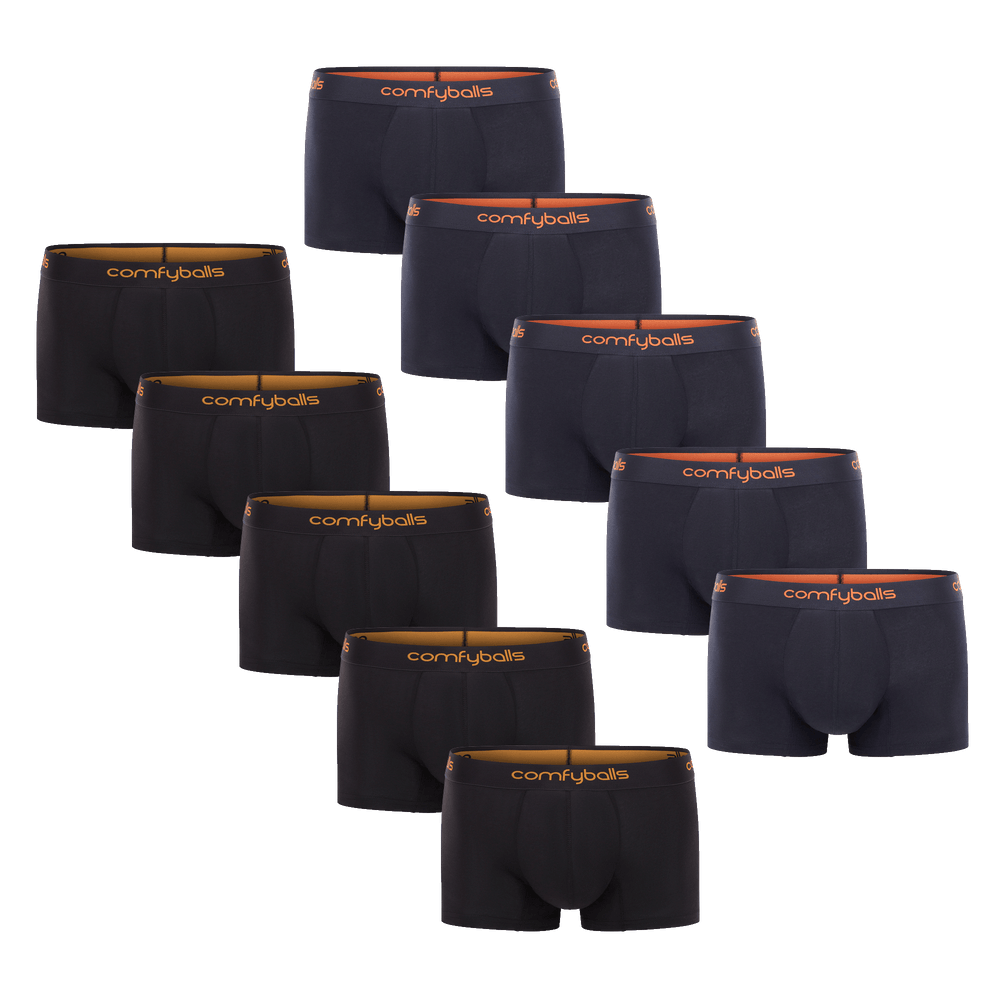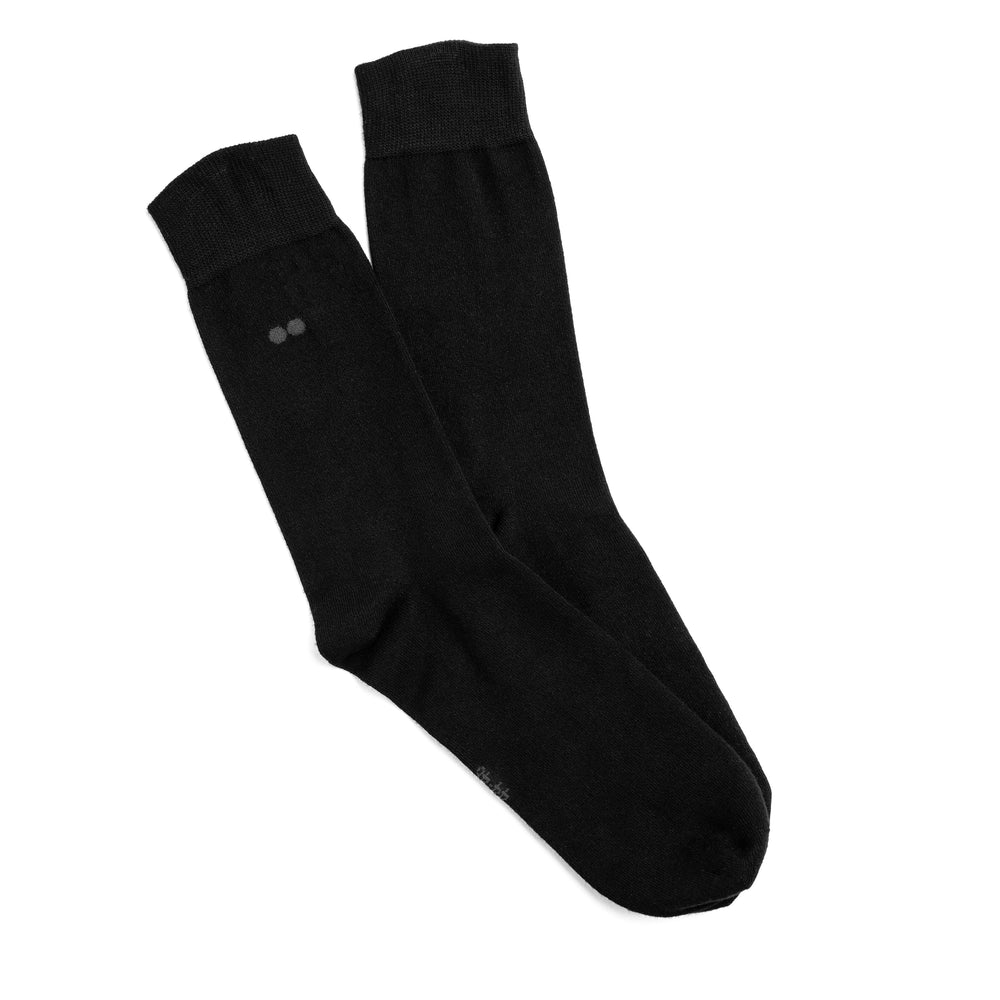What men have really been wearing underneath for 3,000 years

Photo : Shutterstock
Antiquity: When the Loincloth Ruled
Since the dawn of clothing, men have sought to protect their genitals. At first, a simple loincloth sufficed: thread some fabric, tie it tight—done. The Egyptians called it the schendyt. Tutankhamun was even buried with 145 of them—just in case, even in the afterlife. The Romans were more practical. Beneath the toga, men wore a subligaculum—a kind of men’s mini. Gladiators fought in them, slaves bathed in them. It probably scratched and slid constantly. But one thing was clear: a bit of modesty was required—plus a touch of style.
Middle Ages: Underwear with a Safety Margin
In the Middle Ages, men wore braies—loose linen trousers tied with a cord, dangling down to the knees. Not quite pants, not quite underwear. Something in between. A textile compromise between daily life and decency. Intended as undergarments, but often the only layer beneath. Only later did things evolve. Archaeologists at Lengberg Castle in Austria unearthed tighter models—carefully sewn, body-hugging, almost stylish. No more flapping, just form-fitting. The message: gradually, underwear began to be measured and shaped for the body.
Renaissance: When the Trousers Took the Stage
By the Renaissance, hiding was over. The “braguette” took centre stage: no zipper, but a stiff, padded pouch sewn to the front of the tights. Not for opening—purely for showing off. Now your ego was on display. Men of rank wore bulky, ornate pouches that were hard to miss. The message: here comes a man of substance. Comfort? Not so much. But if you wanted to impress, a little discomfort was worth the effort. Style was all about the show, and those who stood out didn’t question the lack of comfort.

Comfyballs: When Comfort Becomes Serious
Oslo, 2012. Anders Selvig had had enough. He wanted underwear that respected the body—no compromises for support, no tugging, no adjusting with every move. What he saw disappointed him. The industry focused on fabrics, cuts, colors—but ignored anatomy.
So he began to sew. On his wife’s sewing machine, the first prototypes were made. He cut, tested, tweaked, again and again. Eventually, it clicked. Boxers that hold without squeezing. Underwear that follows the body without clinging. Creating space where friction would normally get on your nerves.
He called the solution Comfyballs. The name is straightforward, the concept precise. No show, no gimmick. Just a simple idea: underwear should protect, support, and breathe. The brand grew, aiming to treat the body seriously—and give it exactly what it needs: comfort above all!
From 1800: When Decency Extended to the Ankles
In the Victorian era, things turned prudish. Morality tightened its grip—and underwear followed suit. Men wore ankle-length drawers made of flannel or cotton, with buttons, easy to wash—serving decency and hygiene. Elastic waistbands gradually caught on, especially among the bourgeoisie. Underwear became mandatory: it needed to protect, warm, and stay stain-free. The body was wrapped like a good Sunday roast. Freedom to move? A luxury. And if you scratched, you did it quietly—and with style.
From 1900: Shorter, Better, More Comfortable
At the start of the 20th century, long underwear from the 19th century was still around—but it was getting shorter. Snappier cuts, lighter fabrics, elastic waistbands finally standard. The military, sports, and industry all contributed, promoting movement. Underwear now had one goal: function. Easy to put on, easy to wash, not getting in the way. The caleçon (brief) rose higher—sometimes ending at mid-thigh. Comfort took hold. Less chafing, less drama.
When Men Finally Found Support
In 1935, Arthur Kneibler shook up underwear drawers. The salesman at Coopers Inc. had an idea: short, snug, with an elastic waist and supportive front. Inspired by the jockstrap, he made it everyday-wearable—and hit the jackpot. The brief was born. Little fabric, big statement. It launched at Marshall Field’s in Chicago under the name “Jockey.” Over 30,000 units sold in one month. The beginning of the end for baggy underwear. From now on, it held what it promised. And men adjusted—clear outlines, snug cuts, confidence wrapped up.
Boxer Rebellion in the Underwear Drawer
In the 1990s, boxers exploded in popularity. First wide, then tapering thanks to elastic cotton. They sat loosely, held in place, let air breathe. Perfect for men who were tired of squeezing or camping. Not too tight, not too loose—just right. Suddenly, underwear became fashion. Boxers peeked out from under pants, showing colors and attitude. Underwear became a statement. No longer just support—but style. Men who wore boxers knew what they wanted—and how comfort feels.

Underwear 2.0 — And Men Notice Immediately
For centuries, seams chafed, fabrics pinched, always adjusting while you walked. To get support, you accepted compromise. Eventually, the question was: why did it have to cling?
The solution was simple: instead of squeezing, lift. Create space where friction happens. Less heat, less pressure, fewer adjustments. Maybe even better for fertility.
Comfyballs took the concept further. But if you think this is standard everywhere now—you haven’t worn these. Here, cut, material, and workmanship come together so nothing bothers you—and that’s what makes the difference.
Today: Great Freedom Under the Waistband
Today, everything is possible below the belt—except a standard model. Boxers, shorty, tight, classic, snug, loose, breathable. Everyone wears whatever fits their body or mood. Sometimes sporty, sometimes stylish, sometimes just comfortable. Brands experiment with materials, fine-tune cuts, offer variety instead of dictating.
Yet the old principle still holds: protect, support, don’t pinch. A small piece of fabric with great responsibility. Proof that masculinity can sit completely relaxed—even in the crotch.
Presented by a Partner
This article was created by Ringier Brand Studio. The content is editorially prepared and meets Ringier’s quality standards.
This article was originally published on Blick.ch in German. You can read the original version here.








